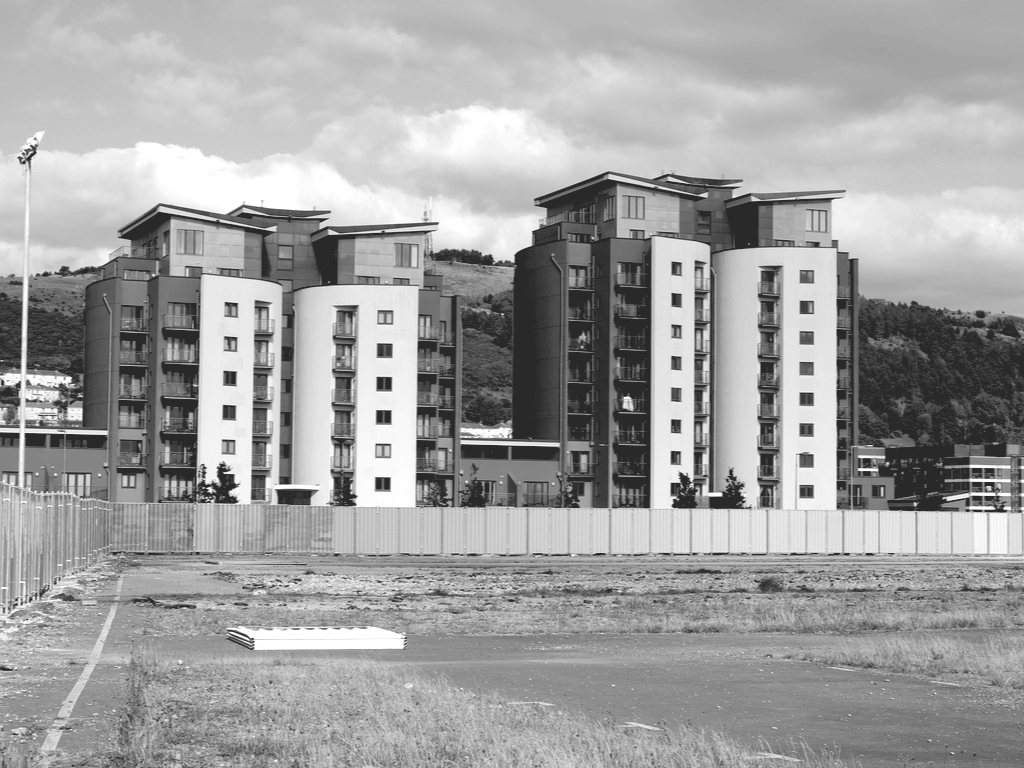
Stamp Duty Land Tax
Complexities and Refunds Explained
Since 1 April 2016, higher rates of stamp duty land tax (SDLT) have been charged on the purchase of second and subsequent residential properties meaning if you own two properties on the day of completion of the purchase of your second property but still legally own your first property, you are obliged to pay the higher rate of SDLT. This is just one example where Stamp Duty gets complicated, below are just a sample of some of the reasons why calculated Stamp Duty is not straightforward. If any of these factors are involved the assistance of a tax specialist should be sought.
Why You Might Be Due A Refund
SDLT is a complicated tax that has been subject to numerous changes over the years. Its legislation is full of exemptions, reliefs and qualifying criteria not all of which are obvious.
There are even three calculators available on HMRC’s own website and they are, by their own, admission, purely intended as a guide. No guidance is provided on which calculator to use for each transaction so purchase variables can produce differing results from the norm, including aspects which lead to exemptions and reliefs. As such SDLT is often calculated purely on the basis of a translation being residential or commercial.
Because of the many complex rules and reliefs conveyancers often err on the side of caution when calculating SDLT and their clients end up over-paying.
It is wise to seek the advice of a tax expert who is able to accurately calculate SDLT and ensure you pay the correct amount.
Mistakes Are CostlyHMRC is unforgiving when errors are made and can impose fines and interest on anyone found under-paying. HMRC does not advise on over-payments and the right questions must be asked in order to gain a refund.
SDLT Calculations With Upmost Accuracy
Numerous data points about the land or property is input into our software; which tracks all exemptions and reliefs. This allows us to accurately assess the transaction. Our team are experts in SDLT and know exactly what to look for to ensure it is calculated precisely.st on anyone found under-paying. HMRC does not advise on over-payments and the right questions must be asked in order to gain a refund.
Why Your SDLT Might Be Complicated
- There are many reasons why your SDLT obligation should be reviewed carefully.
- What type of property is being purchase? Residential, Commercial, Mixed Use.
- How much is chargeable? Some interests are exempt.
- Who is buying? Company, Partnership, Individual.
- Is additional land or property owned?
- How is the purchase being funded?
Risk Areas - Residential
- Land over half a hectare (1.24 acres).
- Any commercial or non-residential buildings on the land.
- Annexes, flats or cottages in the grounds.
- Any rights over or interest in land that does not benefit the dwelling.
- Any element that indicates non-residential use.
- Any acquisition that has been made subject to a reservation/ exclusivity agreement or option payment.


Risk Areas - Commercial/Development
- Office buildings bought using “permitted development rights” for conversion for residential/mixed use.
- Commercial property acquired together with residential units.
- Where land has been bought with the benefit of a planning permission allowing the development and construction of residential housing or units.
Case Studies
Reclaiming the supplement
It is important that the claim deadlines are not missed. A reclaim for Stamp Duty can only be submitted within four years of the property purchase. We can help with your Stamp Duty refund application and ensure that the right paperwork is submitted. Some key concerns which red light potential for incorrect calculations are:
- Land over half a hectare (1.24 acres) and/or agricultural land with paddocks, stables etc.
- Commercial or non-residential buildings on the land.
- Offices bought using 'permitted developments rights'.
- Land with planning permission for residential development and construction.
- Annexes, flats, cottages, granny flats in the grounds.
We will call you back
Unsure if you have overpaid - speak to our experts today. No obligation.
